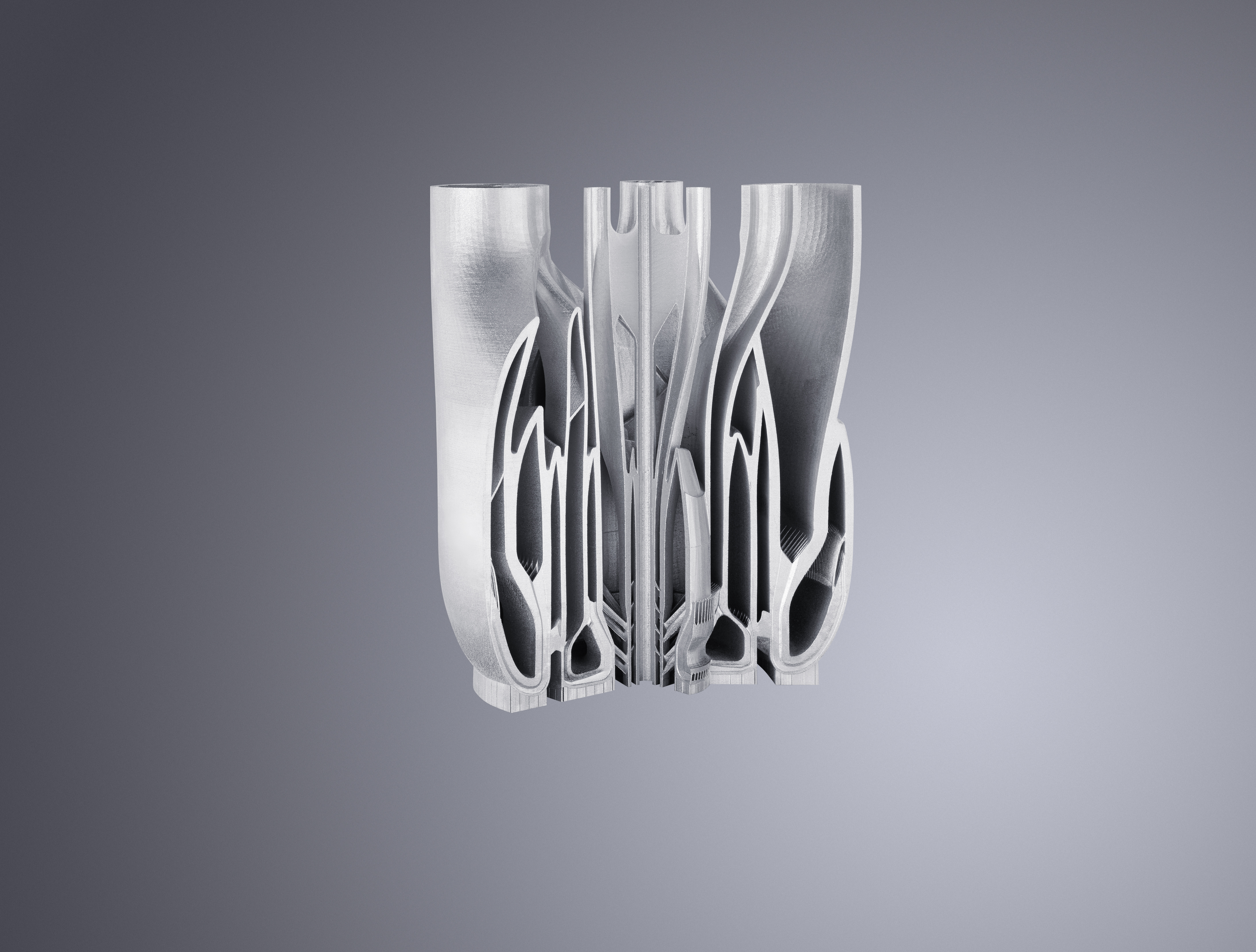
Laser systems manufacturer Trumpf has developed two new 3D printers – TruPrint 3000 and TruPrint 5000.
The medium format machines are based on laser metal fusion (LMF) technology, using lasers to generate complete parts layer by layer in a powder bed. These parts can measure up to 300 millimeters in diameter and 400 millimeters in height. They feature a tool change cylinder process which allows the construction chamber and supply cylinders to be switched out quickly and are geared towards the large-scale production of complex metal parts.
According to Trumpf the TruPrint 3000 makes it possible to focus on the whole supply chain including a software package, powder feed and unpacking and cleaning of the newly minted part. Users can monitor, analyze and remotely adjust a wide range of condition parameters during the manufacturing process.
The machine can produce parts such as various forms of steel, nickel-based alloys, titanium or aluminum from powder form. Since the TruPrint 3000 is equipped with two supply cylinders, up to 75 liters of powder are available for each job, which is around two and a half times the construction volume – enough powder, the company says, to complete the entire manufacturing process without having to stop for refilling. The machine is designed so that the supply and overflow cylinders can be changed out without interrupting the manufacturing process.
It also features an automated sieve station that can refine several hundred kilograms of powder every hour.
Faster build-up
The TruPrint 5000 is based on the multi-laser principle and features three 500-watt lasers, which are simultaneously active at multiple points in the process chamber. Regardless of the number and geometry of the parts, they can be exposed to all three lasers in the construction chamber at the same time. The lasers are not limited to predefined areas, leading to faster build-up rates. Smart exposure strategies automatically determine the best laser paths so that all three lasers can always expose multiple parts. In addition, the lasers can be assigned to specific parts - the advantage being that the outer contours are produced by a single laser.
The market launch for the multi-laser system is scheduled for late 2017.
This story is reprinted from material from Trumpf, with editorial changes made by Materials Today. The views expressed in this article do not necessarily represent those of Elsevier.





